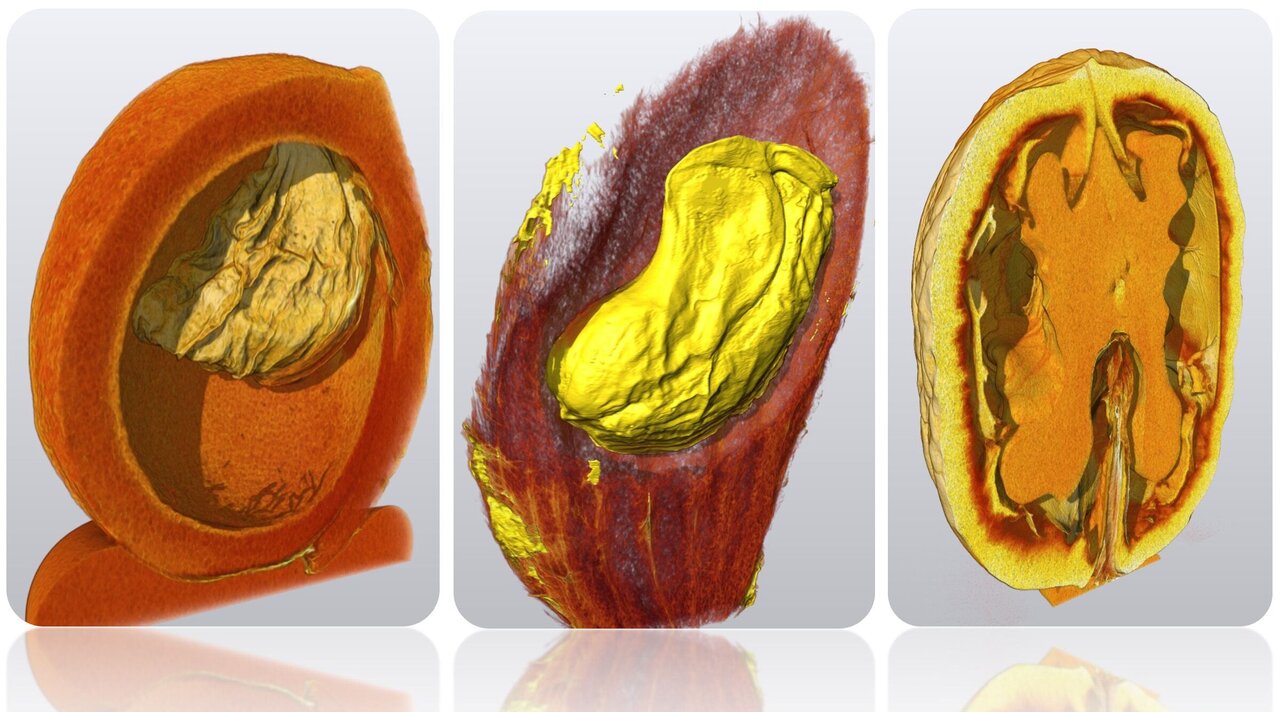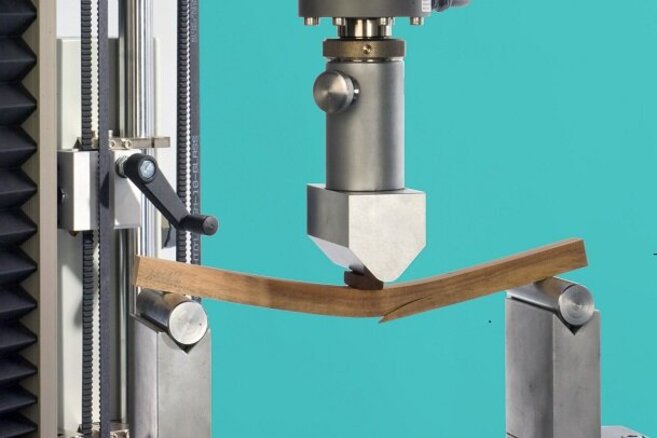Project
Identification of NTFPs

Anatomical characterization of NTFPs (Non-Timber Forest Products/Shells and Nuts) for species identification
Background and Objective
The background to the project is the anatomical characterization of organic structures in the sense of an identification key. The studies on charcoal and briquettes carried out regularly since 2016 at the Thünen Center of Competence for Wood Origin show that a significant increase in substitution products of charcoal can be observed. While fragments of organic material were initially detected that could not be reliably assigned until then, parallel studies were carried out on important NTFPs in order to characterize them anatomically and differentiate them reliably from charred wood tissue. The problem here is that the relevant materials, such as coconut and walnut shells or olive pits, consist largely of sclereid cells and are extremely hard. Preparation of thin sections with a slide microtome, as is usually done for wood anatomical studies, is largely not applicable here. For this reason, a study is currently being carried out in cooperation with the Fraunhofer Development Center X-ray Technology EZRT to characterize and describe the cellular structure of important NTFPs, which is additionally based on alternative modern examination methods. The material under investigation is analyzed microscopically using the following methods:
- Bright field microscopy on (ultra-)microtome thin sections: The sections were made from material embedded in PEG or synthetic resin.
- 3D-RLM: "3D-Reflected-Light-Microscopy" = three-dimensional imaging reflected-light microscopy
- Maceration: Resolution of the cell composite for the examination of the different cell types in the bright-field microscope
- Micro-CT: High-resolution computer tomography
Depending on the material and nature of the samples, the application of the individual methods varies in terms of efficiency or usefulness. It also depends on the desired resolution. For example, the macroscopic overview for the differentiation of different tissue types is generated on the basis of CT data, while the characterization of individual cell types is carried out on the basis of macerates. Detailed descriptions have already been created for a number of relevant NTFPs on the basis of high-resolution and in some cases three-dimensional image material. These currently include coconut shells, olive pits, cherry and mango pits as well as the individual tissue structures of walnuts and cashew nuts. The selection of the materials to be investigated is based on extensive research (including Eurostat), which revealed that these are produced in extreme quantities as by-products and co-products and processed as additives in wood products or wood substitutes. The aim of the investigations, in addition to the use of the research results in the implementation of species identification of organic materials, is the creation of a comprehensive database of anatomical characterizations that can be used internationally by testing authorities and customs authorities and as illustrative material in the training of students.
Target Group
Science, environmental protection, politics and trade
Links and Downloads
www.researchgate.net/publication/370943755_Forensic_wood_identification_in_the_digital_age
Thünen-Contact

Involved Thünen-Partners
Duration
Permanent task 9.2019 - 9.2029
More Information
Project status:
ongoing








